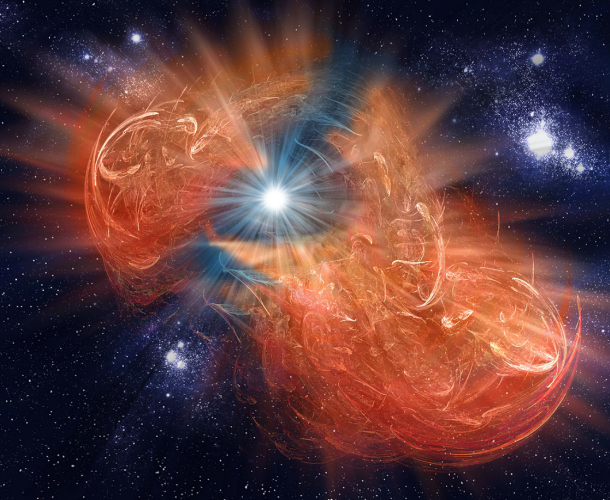Data
Nuclear Physics Is Needed To Predict White Dwarf Properties

White dwarfs are rich nuclear physics laboratories that are the evolutionary terminus for a class of stellar systems, the progenitors of supernova Type Ia, and provide links between the history and future evolution of the Milky Way Galaxy. The structure and composition of white dwarfs contain the records of the final stages of stellar evolution. As a newly forming white dwarf evolves through the planetary nebula phase, large quantities of nuclear processed material are injected into the interstellar medium. The current temperature distribution of Milky Way white dwarfs constrains models of galactic and cosmological evolutionary history.
This bonanza of physical puzzles prompted researchers at ASU and UNC Chapel Hill to investigate properties of carbon–oxygen white dwarfs with respect to the composite uncertainties in the reaction rates using the stellar evolution toolkit, Modules for Experiments in Stellar Astrophysics (MESA) and the probability density functions in the next-generation reaction rate library STARLIB. These are the first Monte Carlo stellar evolution studies that use complete stellar models starting from the main-sequence to the final white dwarf.
Focusing on models that produce the common white dwarfs, they explored the composition and structure properties of the white dwarfs as a function of 26 STARLIB reaction rates covering hydrogen and helium burning. Among the discoveries are that uncertainties in the experimental 12C(α,γ)16O, triple-α, and 14N(p,γ)15O reaction rates dominate the variations in observationally accessible properties.
Researchers: Carl Fields (JINA-CEE & ASU, now at MSU), Rob Farmer (ASU), Ilka Petermann (JINA-CEE & ASU), Christian Iliadis (Chapel Hill), Frank Timmes (JINA-CEE & ASU)
